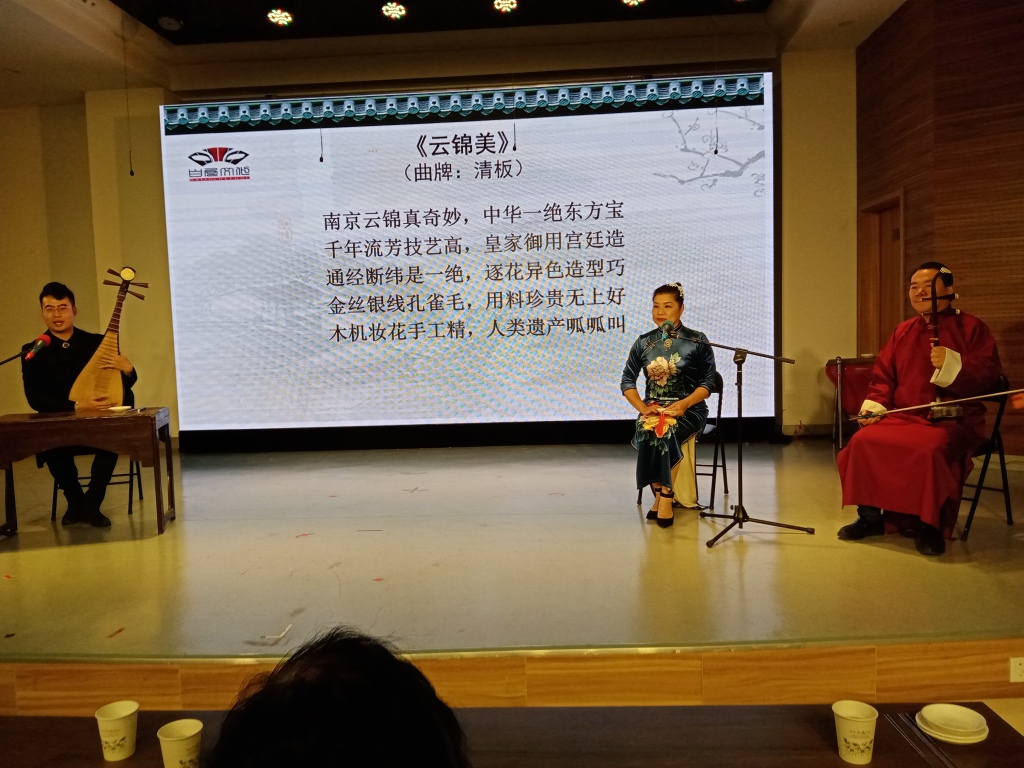This week I was able to undo a misconception I had about China. In my elective class about the history of Mongolia, our teacher was giving his lecture as usual and was explaining to us in-depth about complex history that the Mongol dynasty has in China. Their dynasty was the only dynasty in China’s very long history to be ruled by an ethnic minority. I have been told by many of my professors here in China and at my university back home that the dominant ethnic makeup in China is the Han people. With this in mind and considering the issue of censorship in China, I always assumed that there would be a specific narrative given that teachers would not be allowed to deviate from. Because of this, I was completely shocked when my professor paused in the middle of his lecture and told us frankly that who knows what is true when it comes to history. He emphasized that what he is teaching us now is what is accepted as how history played out according to the collaborations of historians and experts in this field but history is always subject to change as more new information is found. Granted, the history of the Ming dynasty is not a particularly sensitive topic in China, but it is good to know that the learning system here is not as dogmatic as I once thought it was.
On Friday, I went to a live opera demonstration with my class at the Nanjing Baiju cultural center. Baiju is a folk art that draws its origins from the famous brocades that were made from the emperor in Nanjing. I wrote about this previously, and it includes at least two people make silk fabrics for the emperor and other nobility in ancient China. Because of the complexity of this art, a day of labor yielded only make a very small piece of fabric which meant each complete brocade piece would take on average at least three years to make. During this time, the workers would be very bored and tired of doing the same mind-numbing work day in and day out. The pay was low and conditions were poor, so to help pass the time and at the same time relieve some stress, they created Baiju.

Baiju is a form of singing that combines talking and singing where one worker would talk and the other would sing. Sometimes the song composition would be a simple dialogue, and other times it would be a question and answer conversation. These songs would include the workers complaining about their boss, and low pay as well as including everyday topics like Nanjing specialties, local scenery and even romance. I thoroughly enjoyed experiencing this artform in-person, and it was interesting to see how the art form has changed given the rapid development that China is experiencing. The cultural center showed us a video about how Baiju is portrayed in contemporary China and there are many changes from the original art form. I think change is good, and it can breathe new life into an ancient art form to make it more appealing to the younger, more global generation. I look forward to learning more about Baiju and perhaps actually see an actual full show with my classmates.